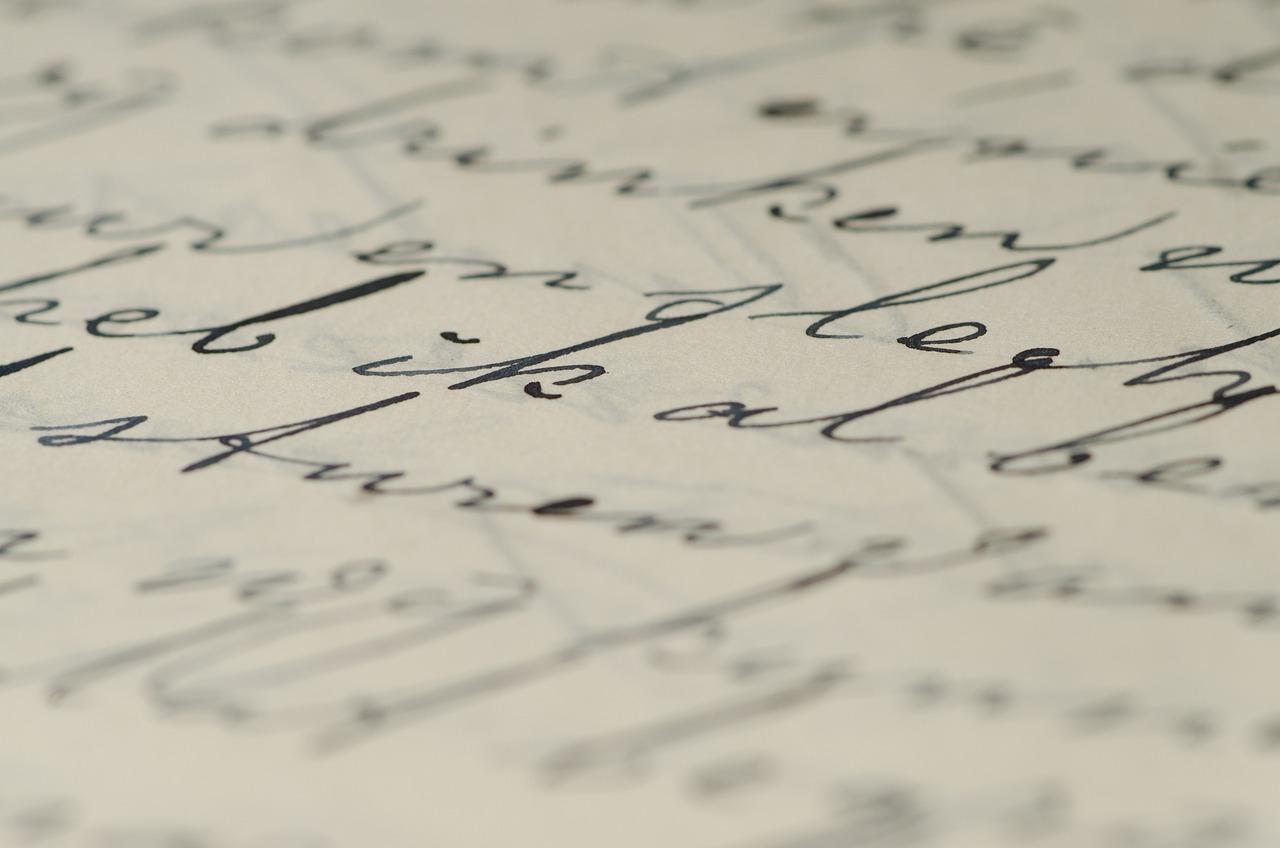Introduction
A biography is a detailed narrative that captures the life story of another person. It transcends mere facts like birth, education, work, relationships, and death, providing a comprehensive view of a person’s experiences, challenges, and achievements. Biographies are crafted to give readers insight into the intricacies of the subject’s character and the cultural or historical context in which they lived.
Table of Contents
The Essence of Biographies
Historical Context
The practice of biography has been prevalent since ancient times, originating from the Greek words ‘bios’ (life) and ‘graphein’ (to write). Historical figures like Plutarch in the 1st century wrote parallel lives of famous men, laying the groundwork for biographical writing. These early biographies were more than simple narratives; they were profound reflections on human nature and individual potential.
Modern Biographies
In contemporary times, biographies have evolved, accommodating various styles and focusing on different aspects of life. They serve not only to inform but also to inspire and engage the reader. The life stories of political leaders, artists, scientists, and other influential figures are meticulously chronicled, highlighting their significant contributions and the challenges they overcame.
Types of Biographies
Traditional Biographies
These are comprehensive accounts, often chronicling the subject from birth to death. The focus is on major life events, personal achievements, and their contributions to society. Traditional biographies strive for objectivity and are heavily based on documented facts.
Literary Biographies
This form focuses on writers and artists, blending life stories with critical analysis of their works. Literary biographies attempt to show how personal experiences, historical events, and particular relationships influenced the creative output of the subject.
Autobiographies and Memoirs
Autobiographies are self-written biographies, providing a personal account of one’s own life. They offer a unique insight into the author’s personal views and experiences. Memoirs, while similar, are less comprehensive and often focus on a particular theme, event, or period in the author’s life.
Crafting a Biography
Research
Effective biographies are the result of meticulous research. Biographers gather information from various sources including interviews, letters, diaries, photographs, and other personal and public records. The aim is to construct a narrative that is both factually accurate and rich in context.
Structure
A well-structured biography typically includes:
- Introduction: Introduces the subject, highlighting key achievements and why they are notable.
- Early Life: Discusses the subject’s upbringing, education, and formative experiences.
- Career and Major Achievements: Details the subject’s career, key contributions, and major milestones.
- Personal Life: Offers insight into the subject’s personal relationships and how they shaped their character and life choices.
- Impact and Legacy: Evaluates the long-term impact of the subject’s work and their place in history.
Challenges
Biographers often face the challenge of presenting a balanced view while making the narrative engaging. They must navigate the potential bias of sources, the subjectivity of memory (especially in autobiographies), and the need to provide a compelling story without sacrificing accuracy.
Conclusion
Biographies are more than just stories; they are a lens through which we can examine larger societal, historical, and cultural contexts. Through the detailed examination of individual lives, biographies contribute to our understanding of human nature, motivation, and the impact one person can have on the world. Whether it’s to learn, reflect, or simply be entertained, reading a biography offers a unique and enriching experience, connecting us with the universal human condition across time and place.









